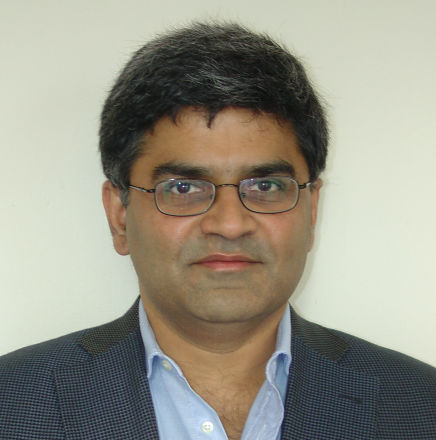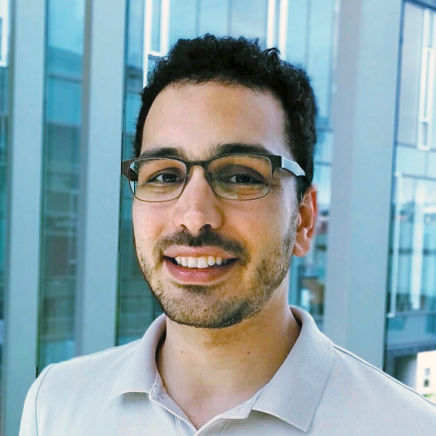Ana Paula Appel joined IBM Research Brazil in February 2012 and since January 2018, She is in Visual Analytics and Insight group at IBM Research Brazil. The group's mission is to conduct research projects in data-driven aiming to develop novel technologies that can help in several industries as Finance, Agriculture and Natural Resources. She is a master inventor since 2016, member of AOT since 2017 and a Certified Master Data Science since 2019. In 2011, She worked as a professor at the Computer Science Department at Federal University of Espirito Santo (CEUNES - UFES), Brazil, in Database and Data Mining area. During this period she also did a post-doc at UFSCar under the guidance of Prof. Dr. Estevam Hruschka. Before that, she received a Ph.D. (2010) and a Master Degree (2004) in Computer Science from the University of São Paulo under the guidance of Prof. Dr. Caetano Traina Jr. She also, did one year internship at Carnegie Mellon University (CMU) under the supervision of Prof. Dr. Christos Faoutsos.
Her research interests lies in machine learning and data mining, more specifically: temporal data, graph mining, graph and deep learning, financial models and risk analyses. She is active in the machine learning and data mining research communities, having being organizing WinDS - Women in Data Science in the past three edition (2017, 2018 and 2019). She also served in the program committees of the ACM International Conference on Knowledge Discovery and Data Mining (ACM-KDD), Brazilian Conference on Intelligent Systems (BRACIS), Symposium on Knowledge Discovery, Mining and Learning (KDMILE) and Simposio Brasileiro de Banco de Dados (SBBD), among others.


